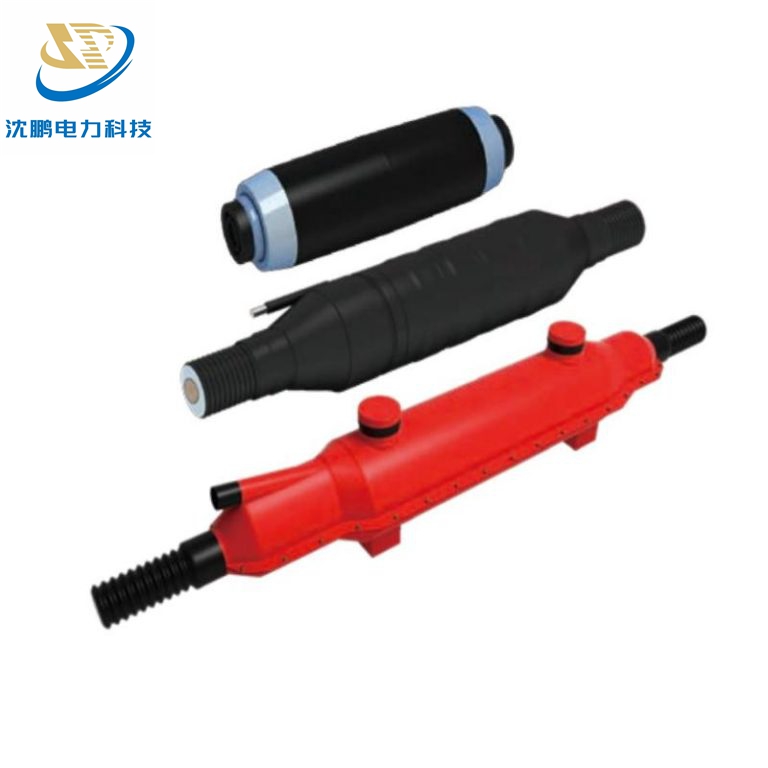
The Difference Between Cable Splicing Connectors and Intermediate Joints
2025-09-16 17:21In power cable systems, both splicing connectors and intermediate joints are critical for extending and repairing cables, but they serve distinct purposes and employ different designs. Understanding their differences is essential for selecting the right solution for electrical projects.

1. Cable Splicing Connector: For Conductor Connection
A splicing connector (often called a "splice") is a component designed primarily to join two cable conductors electrically and mechanically. It focuses on ensuring low resistance, continuous current flow, and mechanical strength at the connection point.
Function:
Connects bare conductors (e.g., copper/aluminum) through compression, mechanical clamping, or insulation displacement.
Does not inherently restore insulation, shielding, or environmental protection.
Structure:
Minimalist design (e.g., metal tube for compression, bolt clamps).
Requires additional kits (e.g., heat-shrink sleeves) for insulation.
Applications:
Internal repairs in switchgear or transformers.
Temporary fixes or installations where full insulation is handled separately.
2. Intermediate Joint: For Complete Cable Restoration
An intermediate joint is a comprehensive system that fully restores the cable’s structure, including conductors, insulation, shielding, and environmental protection. It replicates the original cable’s performance.
Function:
Joins conductors and rebuilds insulation layers, stress control systems, shielding, and outer sealing.
Ensures electrical integrity (e.g., managing electric field stress).
Structure:
Multi-layer assembly: conductor splice + insulation + semiconducting layer + metallic screen + waterproof seal.
Often pre-packaged as a "splice kit" (e.g., cold-shrink or heat-shrink types).
Applications:
Underground cable networks.
Direct burial or submerged installations.
Permanent repairs requiring full compliance with cable standards.
When to Use Which?
Choose a Splicing Connector if:
You only need to join conductors in a controlled environment (e.g., inside a cabinet).
Insulation and shielding are already managed by other components.
Choose an Intermediate Joint if:
The cable operates in harsh conditions (e.g., underground, wet environments).
You need to restore the cable to its original electrical and mechanical standards.
Example Scenario
Fixing a fault in an underground 35kV cable:
Use an intermediate joint to rebuild insulation, shield, and sealing against moisture.Connecting conductors in a dry transformer terminal:
A compression splicing connector suffices, as the transformer housing provides protection.
By recognizing these differences, engineers can ensure safety, reliability, and compliance in power distribution systems.
